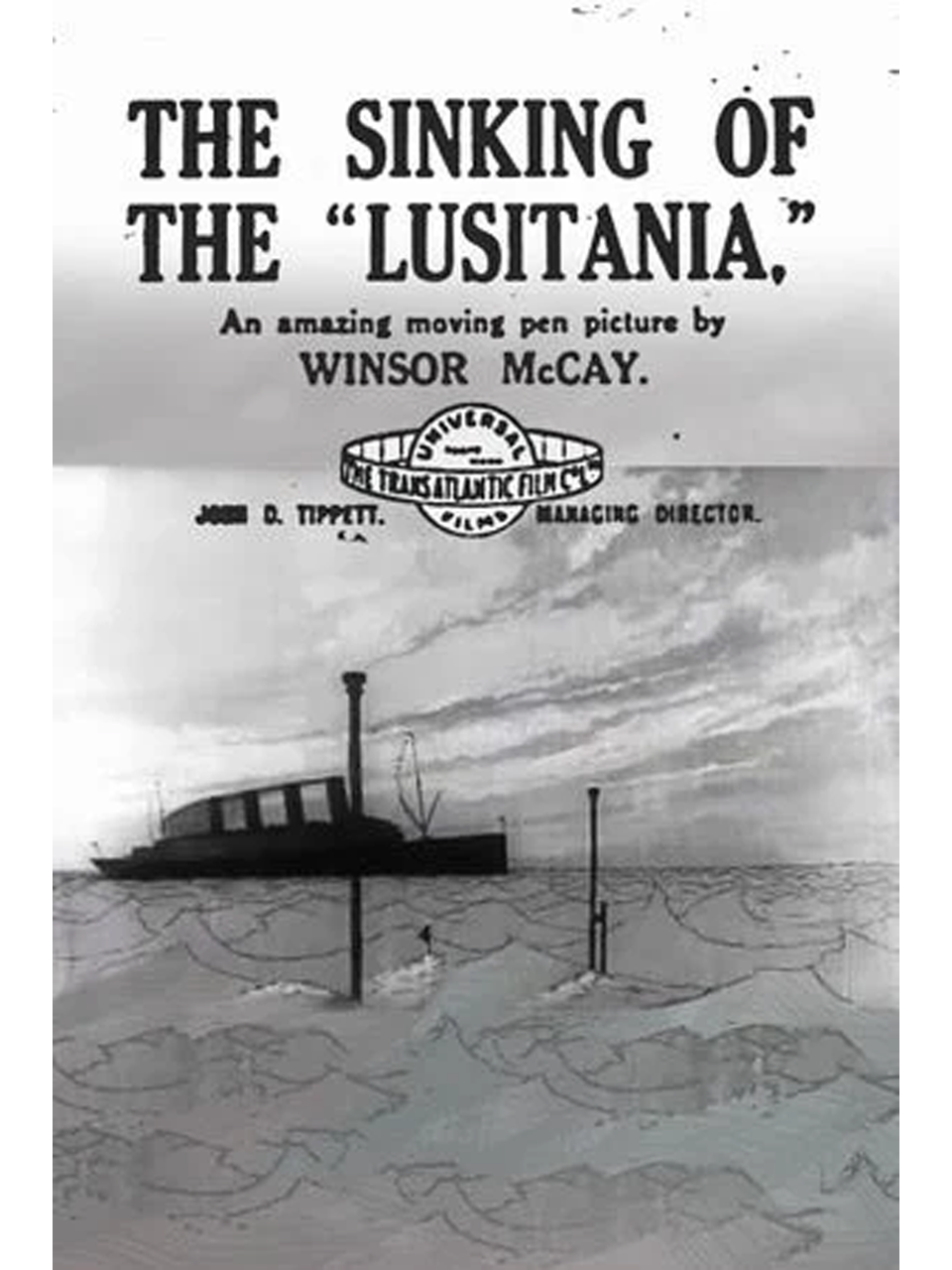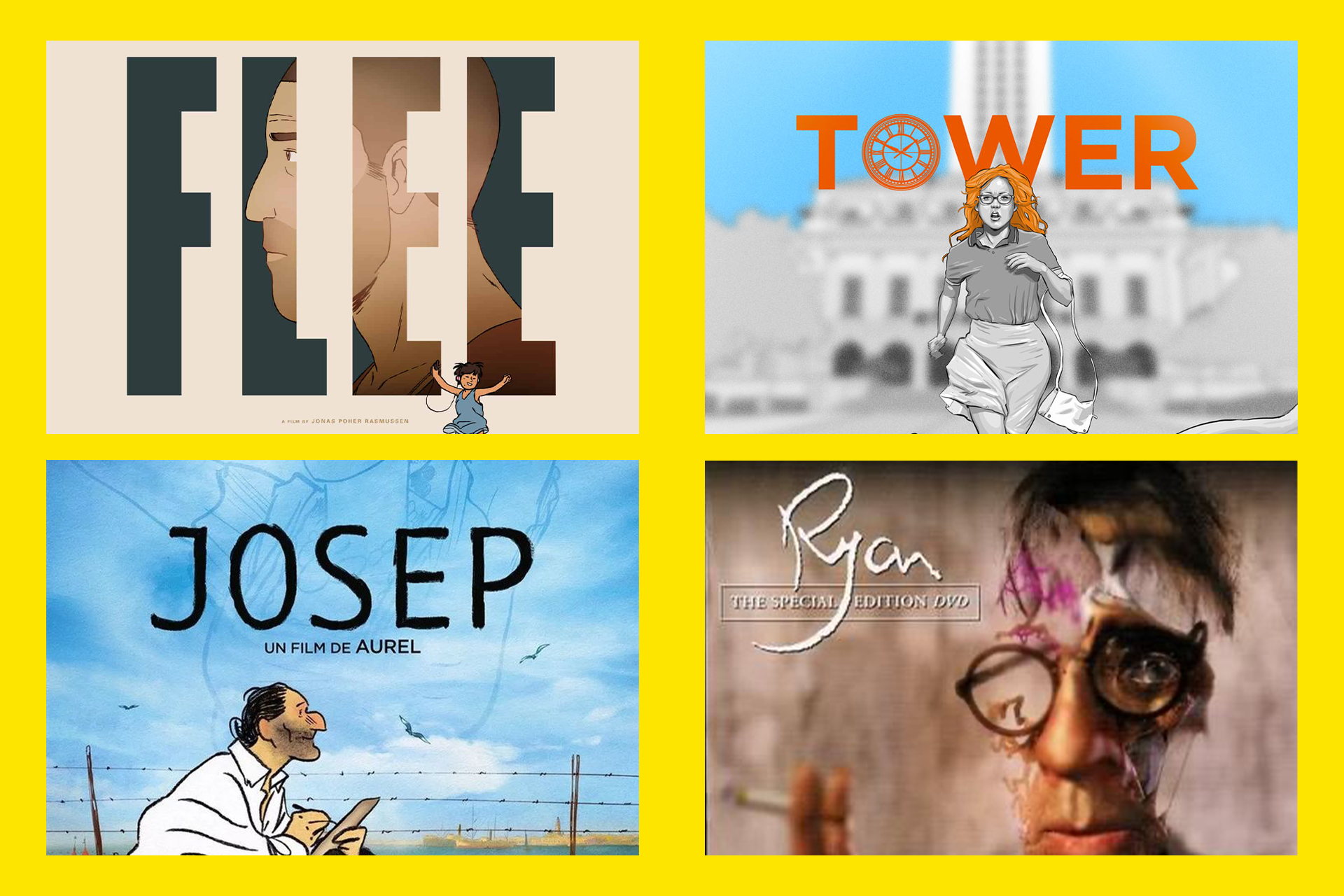The very first animated documentary dates back to 1918. The Sinking of the Lusitania by Winsor McCay used illustration to recount the attack on the famous British liner. A way to tell a story in the absence of filmed footage. Over a century later, the idea remains, but techniques — and intentions — have greatly evolved
Could animation be the future of documentary filmmaking?
Long confined to fiction or entertainment, animation is now making its way into a surprising genre: the documentary. Blending technical necessity, artistic freedom and emotional impact, this hybrid form is attracting more and more filmmakers… and viewers. What if animation was actually the best way to tell real stories?
When animation becomes documentary
Documentaries are a cinematic and television genre designed to capture reality. They rely on testimonies, facts, and real images to convey a message or preserve memory. In recent years, a new trend has emerged: using animation as the main storytelling device — a format known as animated documentary.
This genre borrows the traditional codes of documentary filmmaking (voice-over narration, audio archives, factual accuracy) and combines them with a fully animated visual language. It’s a way to stylize reality, make it accessible, reimagine it — without ever betraying it.

Why use animation in a documentary?
In animated documentaries, the visuals are not just there to “look nice” — animation becomes a powerful storytelling tool capable of expressing what a camera can’t always capture:
- Making the invisible visible: memories, emotions, pain, dreams…
- Preserving modesty and anonymity, especially in sensitive or violent stories
- Bringing audio-only testimonies to life when no footage is available
Animation provides the right amount of distance, without compromising authenticity. Whether stylized, realistic, or abstract, visual choices help shape the narrative itself. In this way, animated documentaries go far beyond simple factual reporting — they become cinematic works in their own right.
As technology evolves and audience expectations shift, documentaries have also expanded in form. They now include fiction, illustration, 3D, and hybrid storytelling.
Films like Flee, Tower, Josep, and Ryan have made a strong impression on viewers — both for their subject matter and their visual approach. Tackling topics like war, exile, mass shootings or mental health, these films use animation to create a visual style that matches the emotional weight of the stories. Rather than replacing reality, animation offers a different — and often more resonant — way to portray it.

At MoPA, students are exploring the format too
As a school of animated filmmaking, MoPA actively encourages its students to experiment with documentary formats. Starting in the second year, students take part in a key project known as Didac’docs — a creative initiative that immerses them in the production of animated short films with an educational purpose. These short films aim to simplify complex topics for a wider audience.
In 2023, for example, students partnered with the nonprofit Les Shifters, which advocates for a low-carbon transition. The theme? Climate urgency and energy issues. Each team had to interpret scientific, societal, or political concepts and turn them into clear and engaging animated stories.
BIODIVERSITE
RESILIENCE
LA MAISON RESILIENTE
In 2022, another major collaboration took place — this time with the Musée Départemental Arles Antique. Under the theme Treasures from the Seabed, students produced nine short films illustrating archaeological artifacts recovered from the Mediterranean. The result was a collection of films blending documentary rigor with creative freedom.
TRESOR
EPAVE DAUPHINE
PILLEURS
Artistic choices that match the message
Every animated documentary involves deep visual thinking. Should it be realistic or symbolic? Minimalist or detailed? Black and white or vibrantly colored? The artistic direction is never random — it’s tied directly to the message. Students explore a wide range of techniques to serve their stories:
- Traditional or digital 2D animation
- Stylized or realistic 3D
- Rotoscoping
- Motion design or stop motion
Add to that voice-over narration, sound design, editing pace… all these elements help convey the emotional weight of the testimony.
Why the format speaks to a new generation of creators
Animated documentaries are especially appealing to a new generation seeking authentic stories, sensitive testimonies, and creative freedom. They allow creators to talk about themselves, about others, about the world — with both commitment and style. Rather than freezing reality, they bring it to life.
At MoPA, this format offers real opportunities. It enables students to blend personal storytelling, societal themes, and visual direction. In short, they learn to create images with meaning.

 Brochure
Brochure Get in touch
Get in touch Apply
Apply